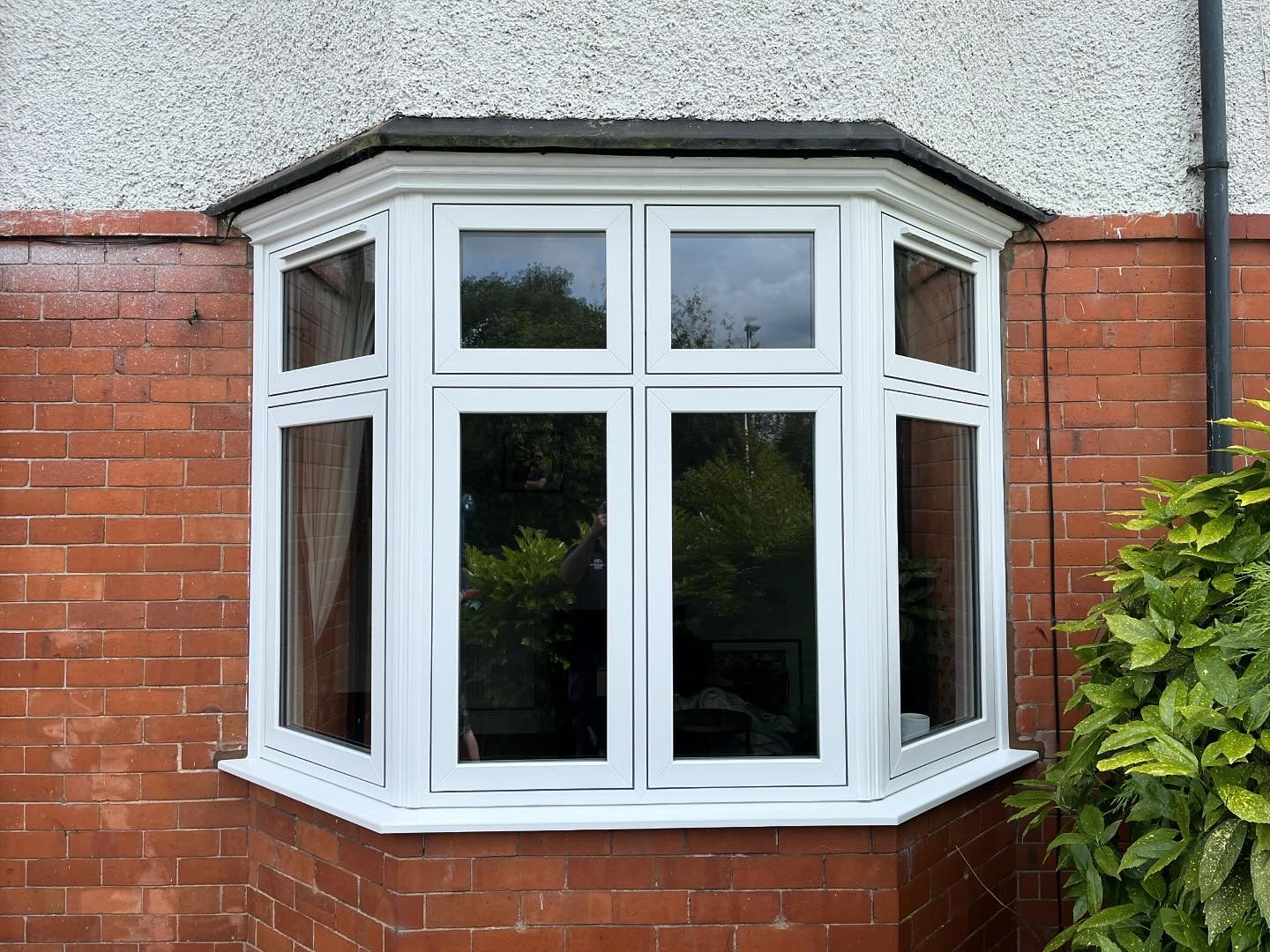The installation of windows is a critical process in construction and renovation that significantly impacts energy efficiency, aesthetics, and security in buildings. This observational research article aims to explore the various techniques, tools, and best practices employed by professionals in the window installation industry. The study was conducted over a period of three months, observing multiple installation projects in both residential and commercial settings.
Introduction
Window installation is a specialized skill that requires a deep understanding of building codes, materials, and techniques. The importance of proper installation cannot be overstated, as improperly installed windows can lead to air leaks, water infiltration, and reduced energy efficiency. This research focuses on the observational study of window installation practices, aiming to identify common methods, tools used, and the challenges faced by installers.
Methodology
The observational study was conducted at various construction sites across urban and suburban areas. Installers were observed during the installation of different types of windows, including Double Glazed Windows St Albans-hung, casement, and sliding windows. The study involved taking detailed notes on the installation techniques used, the tools employed, and the communication between team members. Additionally, interviews were conducted with installers to gain insights into their experiences and preferences.
Observations and Findings
Techniques
- Preparation and Measurement: The first step in window installation involves careful measurement of the window opening. Installers emphasized the importance of measuring multiple times to ensure accuracy. This step is crucial, as incorrect measurements can lead to gaps and improper fitting.
- Removal of Old Windows: For replacement installations, the removal of old windows was observed to be a meticulous process. Installers used specialized tools like pry bars and reciprocating saws to carefully extract the old frames without damaging the surrounding structure.
- Installation of New Windows: The installation process varied slightly depending on the type of window. For double-hung windows, installers typically started by placing the window into the opening and securing it with shims to ensure it was level and plumb. For casement windows, the focus was on aligning the hinges and ensuring a tight seal when closed.
- Sealing and Insulation: One of the most critical observations was the sealing process. Installers used high-quality caulking and flashing tape to prevent air and water infiltration. The application of expanding foam insulation around the window frame was also noted as a common practice to enhance energy efficiency.
- Final Adjustments and Finishing Touches: After securing the window, installers made final adjustments to ensure smooth operation. This included checking the alignment of sashes and testing the locking mechanisms. The finishing touches often involved the installation of interior and exterior trim to provide a polished look.
Tools
The tools used in window installation were diverse and specialized. Key tools observed included:

- Measuring Tape: Essential for accurate measurements, ensuring that windows fit perfectly into their openings.
- Level: Used to ensure that windows are installed straight and plumb.
- Pry Bars and Saws: Necessary for removing old windows and preparing the opening.
- Caulking Gun: Used for applying sealant to prevent air and water leaks.
- Drills and Screws: Essential for securing windows in place.
- Shims: Used to adjust the window's position and ensure a proper fit.
Challenges
Throughout the observation period, several challenges were identified that installers frequently faced:
- Weather Conditions: Adverse weather, such as rain or extreme heat, posed challenges during installation. Installers had to adapt their techniques and materials to ensure that the installation was not compromised by environmental factors.
- Unexpected Structural Issues: In older buildings, installers encountered unexpected structural problems, such as rotting wood or uneven walls. These issues required additional time and resources to address, often complicating the installation process.
- Time Constraints: Installers often worked under tight deadlines, which sometimes led to rushed installations. This was particularly evident in commercial projects where time is money. The pressure to complete installations quickly could compromise quality if not managed carefully.
- Communication and Team Dynamics: Effective communication among team members was crucial for successful installations. Observations indicated that teams that communicated well were more efficient and produced higher-quality work.
Best Practices
Based on the observations, several best practices emerged that could enhance the window installation process:
- Thorough Training: Continuous training for installers on new techniques, materials, and tools is essential. This ensures that they are equipped to handle various installation scenarios.
- Pre-Installation Planning: Detailed planning before installation can help identify potential challenges and streamline the process. This includes assessing the site conditions and preparing all necessary tools and materials.
- Quality Control Checks: Implementing quality control checks at various stages of the installation can help catch issues early and ensure that the final product meets standards.
- Customer Communication: Keeping clients informed about the installation process and any potential delays can enhance customer satisfaction and trust.
Conclusion
The observational research on window installation revealed a wealth of information about techniques, tools, and best practices in the industry. Proper installation is crucial for ensuring energy efficiency, aesthetics, and durability in buildings. By understanding the challenges faced by installers and implementing best practices, the industry can improve the quality of window installations. Future research could focus on the long-term performance of installed windows and the impact of different installation techniques on energy efficiency and customer satisfaction. This study underscores the importance of skilled labor and the need for ongoing education in the ever-evolving field of construction.








